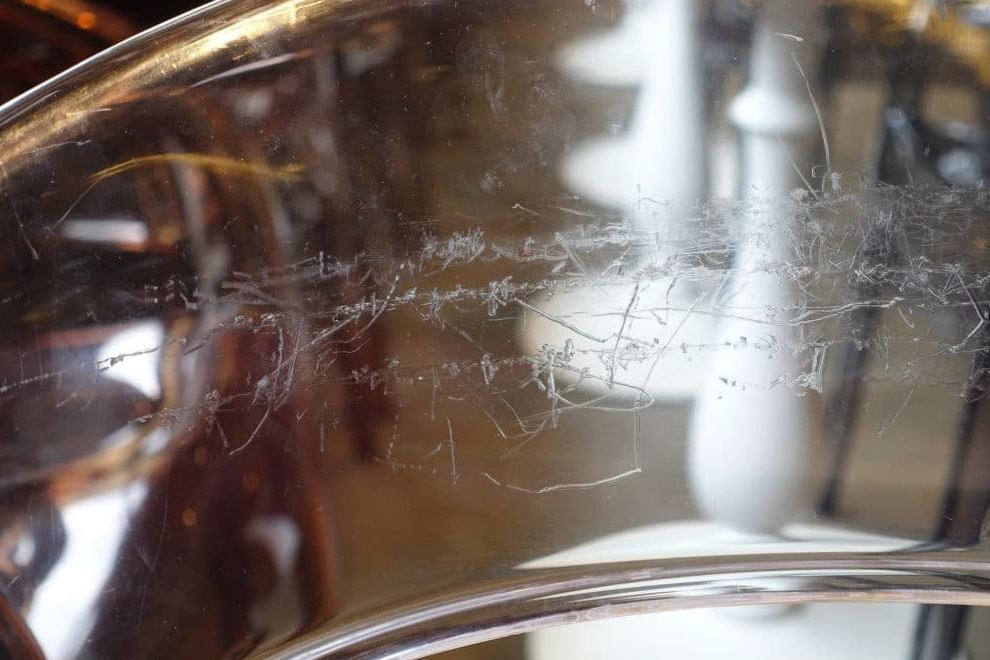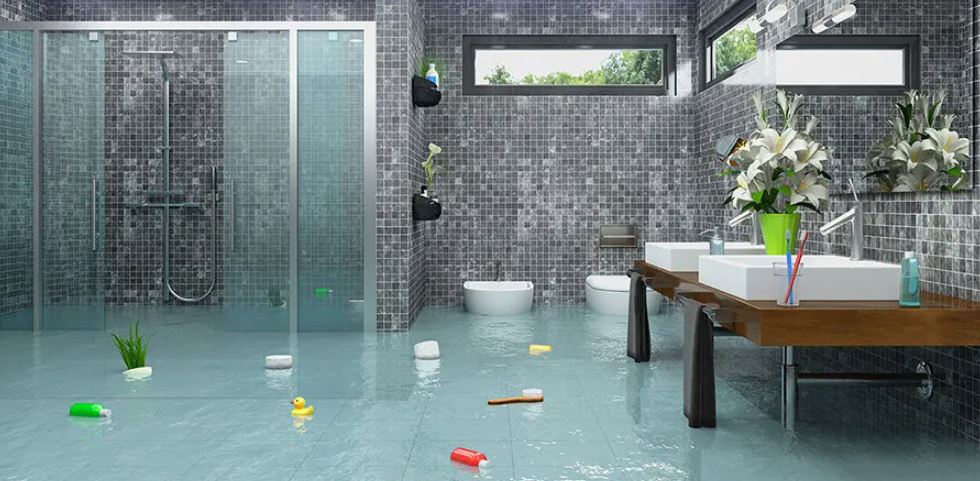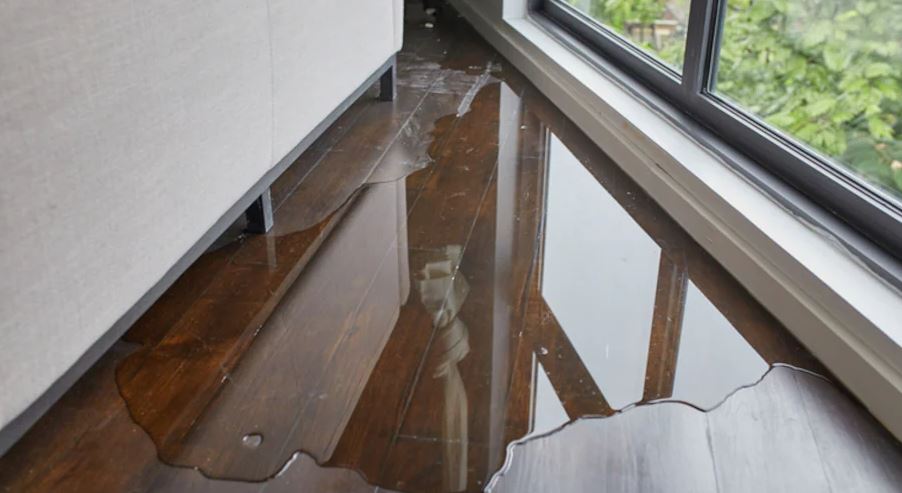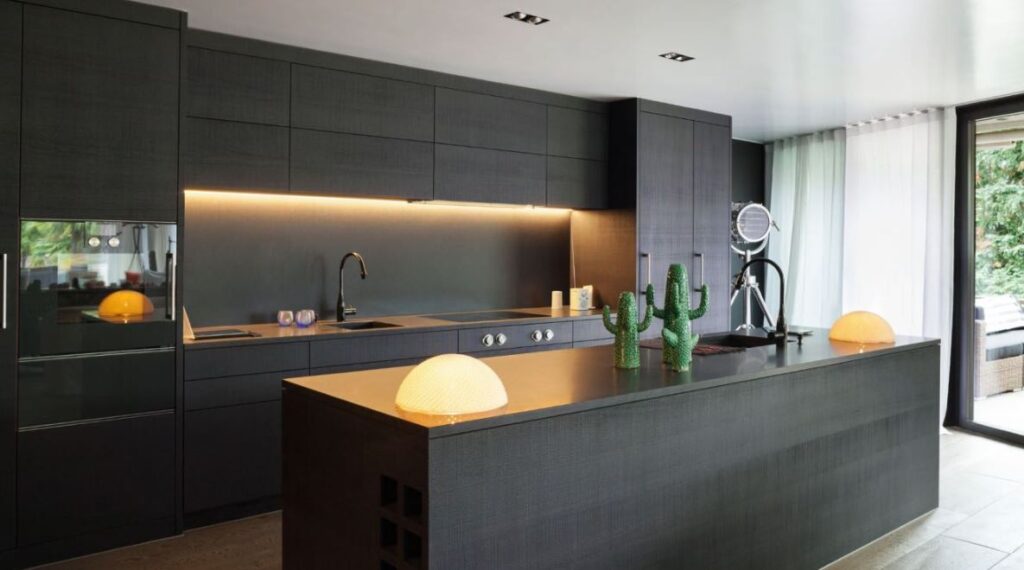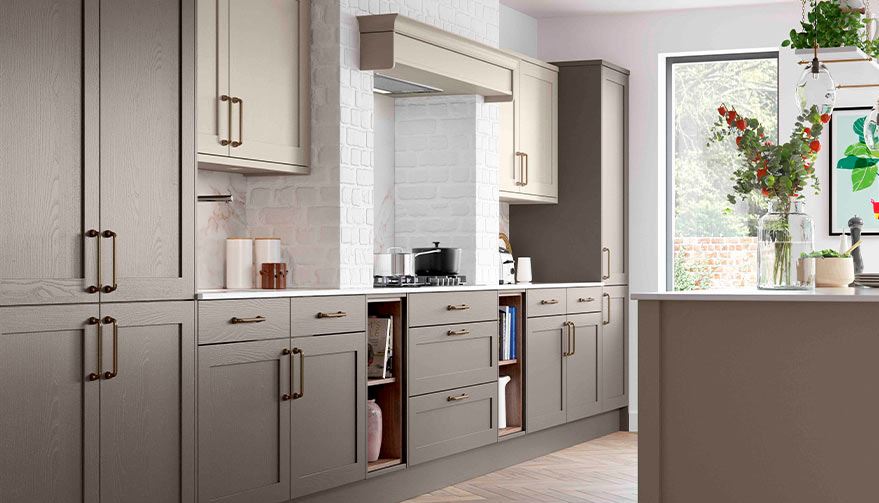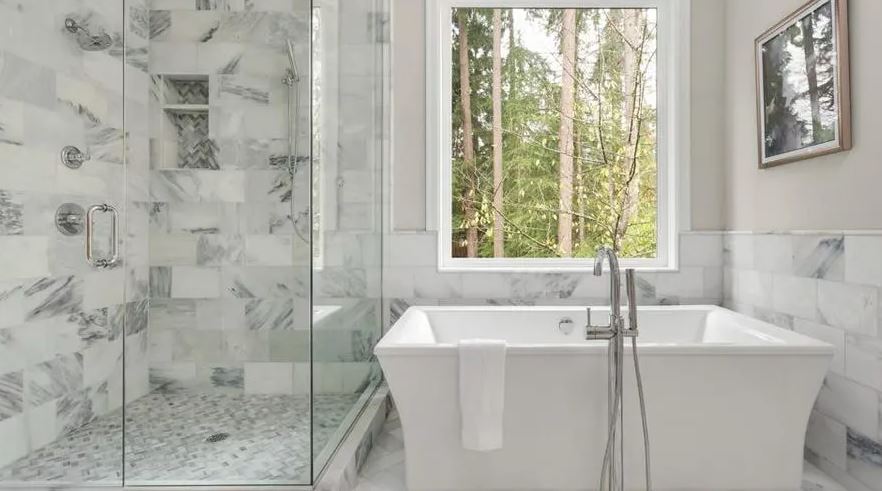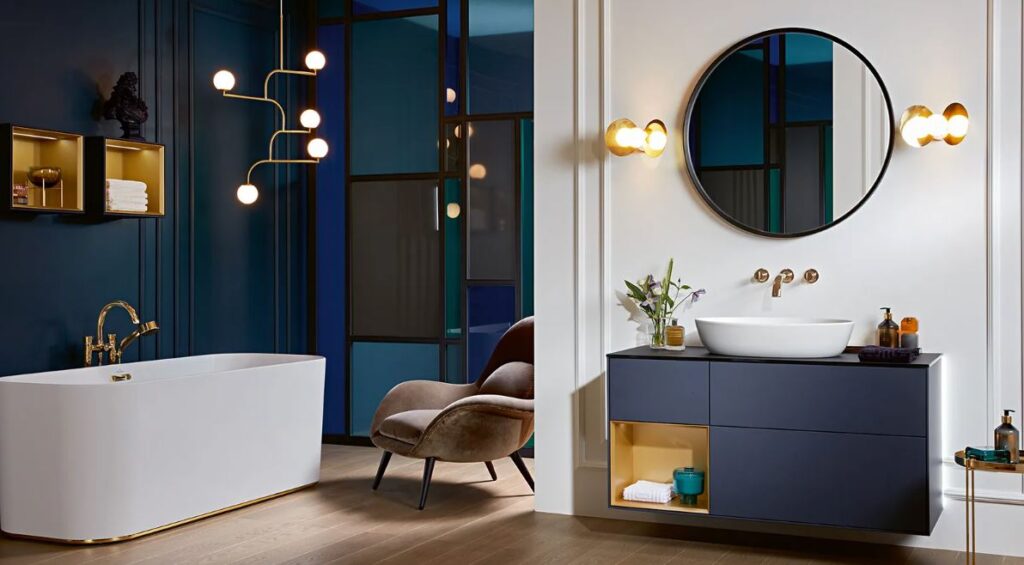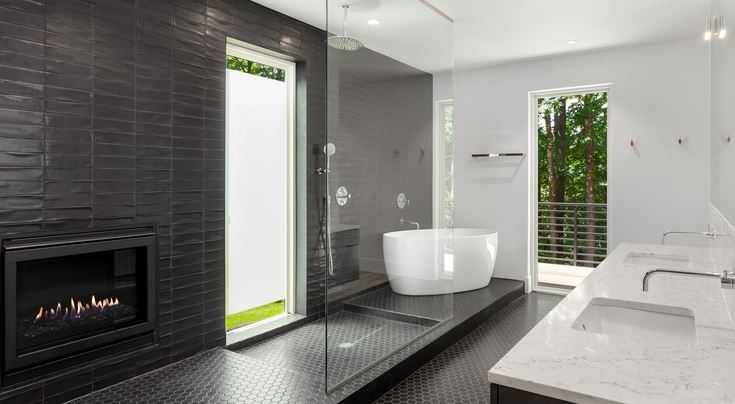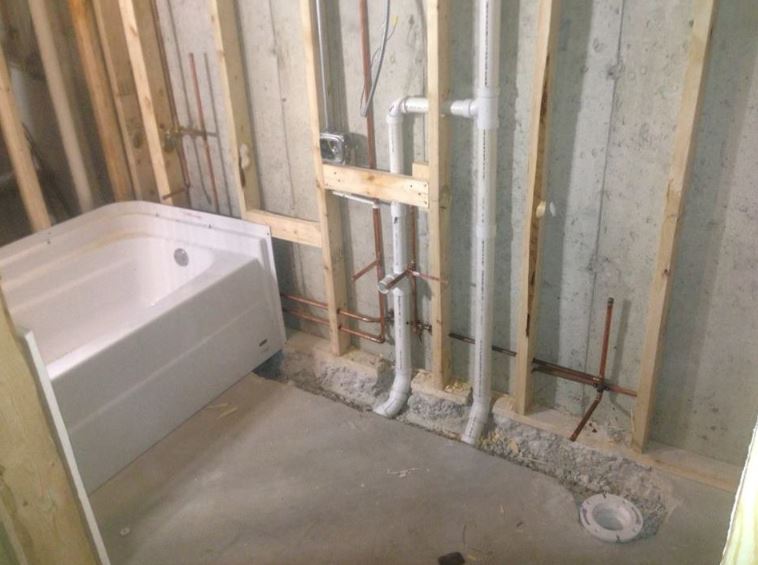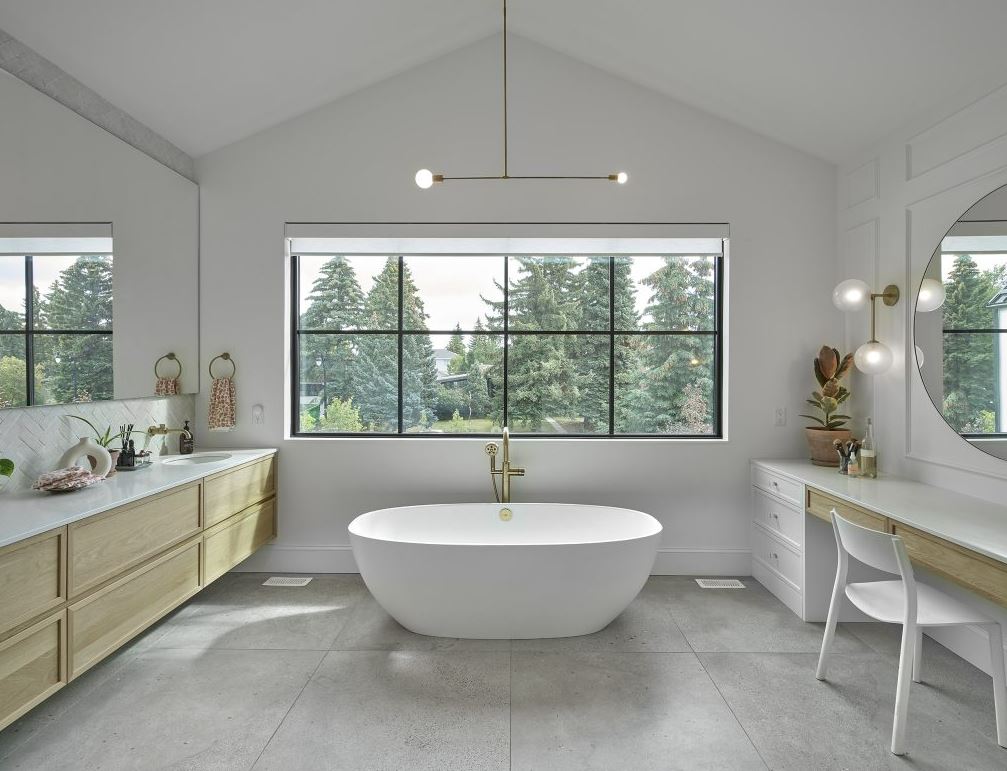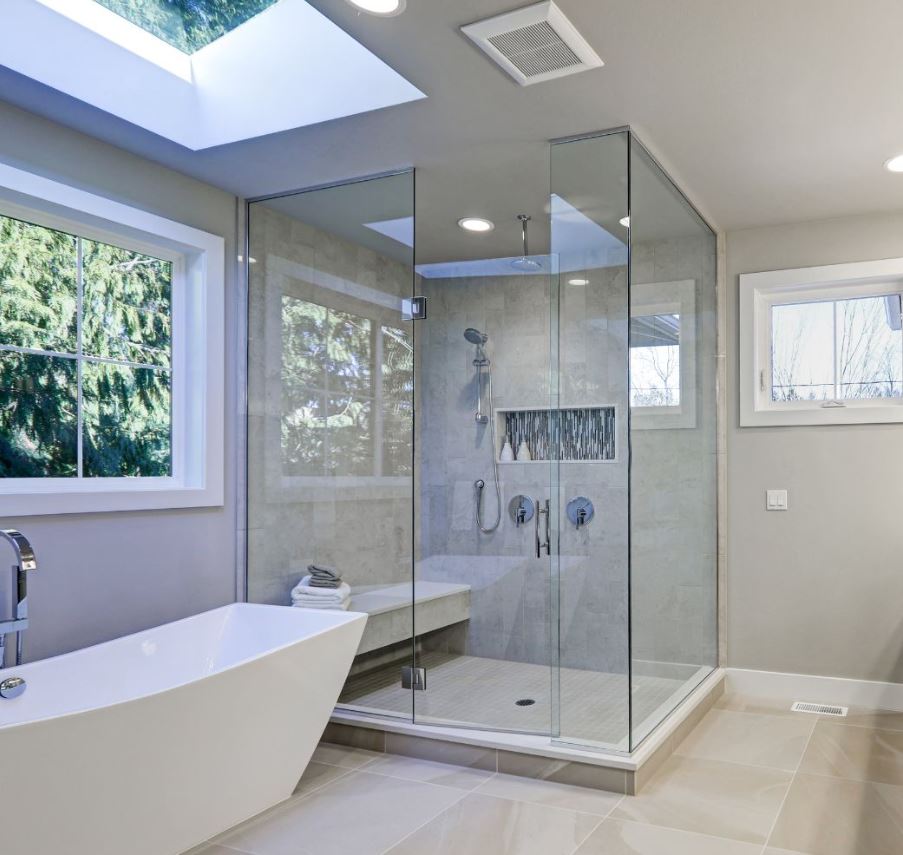The Art of Transforming Bathrooms: How Custom Glass Can Upgrade Your Space
The bathroom is more than just a utilitarian space for personal hygiene; it’s a sanctuary where you can relax, unwind, and prepare for the day ahead or a peaceful evening. Given its importance, optimising its design should be a priority for any homeowner, and one of the most effective ways to achieve that is by incorporating custom glass elements. Not only does glass offer a sleek, modern aesthetic, but it can also transform your bathroom into a more functional and inviting space.
In this blog post, we’ll delve into the art of transforming bathrooms with the help of custom glass installations. From shower enclosures and stylish mirrors to glass partition walls and shelving, we’ll explore the variety of applications and the transformative power of this versatile material. Whether planning a full bathroom remodel or simply upgrading certain aspects of your current setup, this guide will provide valuable insights into how custom glass can elevate your bathroom experience.
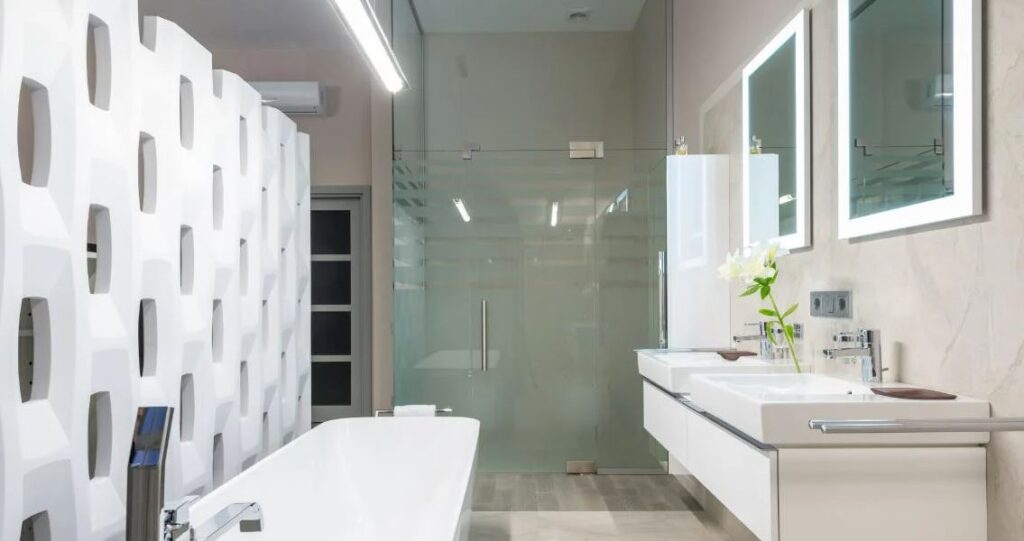
The Basics of Custom Glass in Bathrooms
The world of custom glass offers an abundance of possibilities, especially when it comes to enhancing bathrooms. As we journey into this exciting realm, it’s crucial to understand some basic concepts that will serve as the foundation for a successful renovation or upgrade.
Types of Custom Glass
Frosted Glass
Frosted glass offers a mix of privacy and elegance. It blurs images while still allowing light to pass through. It’s ideal for shower enclosures where you want the benefits of natural light without sacrificing privacy.
Clear Glass
The classic clear glass is a timeless choice that offers an unobstructed view and clean lines. It’s especially effective in smaller bathrooms where you want to create an illusion of more space.
Textured Glass
From ripple effects to geometric patterns, textured glass provides an extra layer of visual interest. It can serve functional and aesthetic purposes by providing privacy while elevating the room’s design.
Colored Glass
For those who want to make a bold statement, coloured glass offers an exciting palette. Whether it’s a subtle tint or a vibrant hue, coloured glass can set the mood and complement the overall colour scheme of the bathroom.
Tempered Glass
Safety is paramount, particularly in a space like the bathroom, where slips and falls can happen. Tempered glass is up to five times stronger than regular glass, making it a smart choice for shower enclosures, doors, and other structural elements.
Where Custom Glass is Used
Shower Enclosures
Gone are the days when a simple curtain would suffice for a shower. Modern bathrooms often feature custom glass shower enclosures that look sleek and make cleaning easier.
Mirrors
A custom glass mirror can serve as the focal point of the bathroom. These mirrors go beyond mere functionality with options like anti-fog coatings and smart features like LED lighting.
Shelves
Glass shelving units can provide an elegant and practical storage solution. They are easy to clean and can make your bathroom essentials appear as if they are floating in the air.
Partition Walls
Open concept bathrooms are rising, and glass partition walls can help divide the space without making it feel cramped. They offer a balance of openness and privacy, perfect for modern living.
Windows
If your bathroom is blessed with natural light, custom glass windows can help you make the most of it. The options are endless, from frosted designs for privacy to intricate stained glass for an artistic touch.
Benefits of Custom Glass in Bathrooms
Aesthetic Appeal
The most apparent benefit of custom glass is its ability to instantly elevate any bathroom’s look. The material exudes a sense of luxury and sophistication that can be customised to match any design vision. Whether you’re going for a minimalist look with clear glass or a more artistic vibe with textured or coloured options, custom glass can bring your vision to life in a remarkable way.
Space Optimization
In smaller bathrooms, every square inch counts. Glass has a unique ability to make spaces appear larger than they are. You create visual continuity by using transparent elements like clear glass shower enclosures and mirrors, making the room feel more open and less segmented.
Functionality
Don’t let the delicate appearance of glass fool you. When appropriately treated and installed, glass is incredibly durable and easy to clean. Unlike curtains that need frequent washing or tiles that require grout maintenance, a simple squeegee or microfiber cloth can keep your glass surfaces looking new. Tempered glass, being more robust, also offers better safety features.
Customisation
One of the most exciting aspects of custom glass is its ability to tailor it to your tastes and needs. Whether you want a shower enclosure with your family’s crest etched into it, a mirror that doubles as a touchscreen, or shelves that fit into an awkward corner, customization allows you to make your bathroom uniquely yours.
Visit www.glaziergoldcoast.com.au to find out more about the custom glass options and other glazier services.
Popular Custom Glass Installations
Now that we’ve covered the fundamentals of custom glass types, uses, and benefits, let’s dive into some of the most popular installations that can add that ‘wow’ factor to your bathroom.
Frameless Shower Enclosures
One of the most significant trends in bathroom design is the frameless glass shower enclosure. Gone are the bulky metal frames that box you in; the frameless design provides a seamless look that allows for a cleaner, more open aesthetic. The benefits extend beyond looks, as these enclosures are easier to clean and can be customised to fit any layout. They pair beautifully with traditional and modern bathroom styles, offering flexibility that is hard to match.
LED Smart Mirrors
Smart technology has made its way into the bathroom, and one of the standout features is the LED smart mirror. These mirrors are not just reflective surfaces; they come equipped with lighting, anti-fog features, and sometimes even touch screens that display weather, news, or health stats. The LED lighting can be adjusted to help you get ready under optimal lighting conditions, a feature that makeup …

